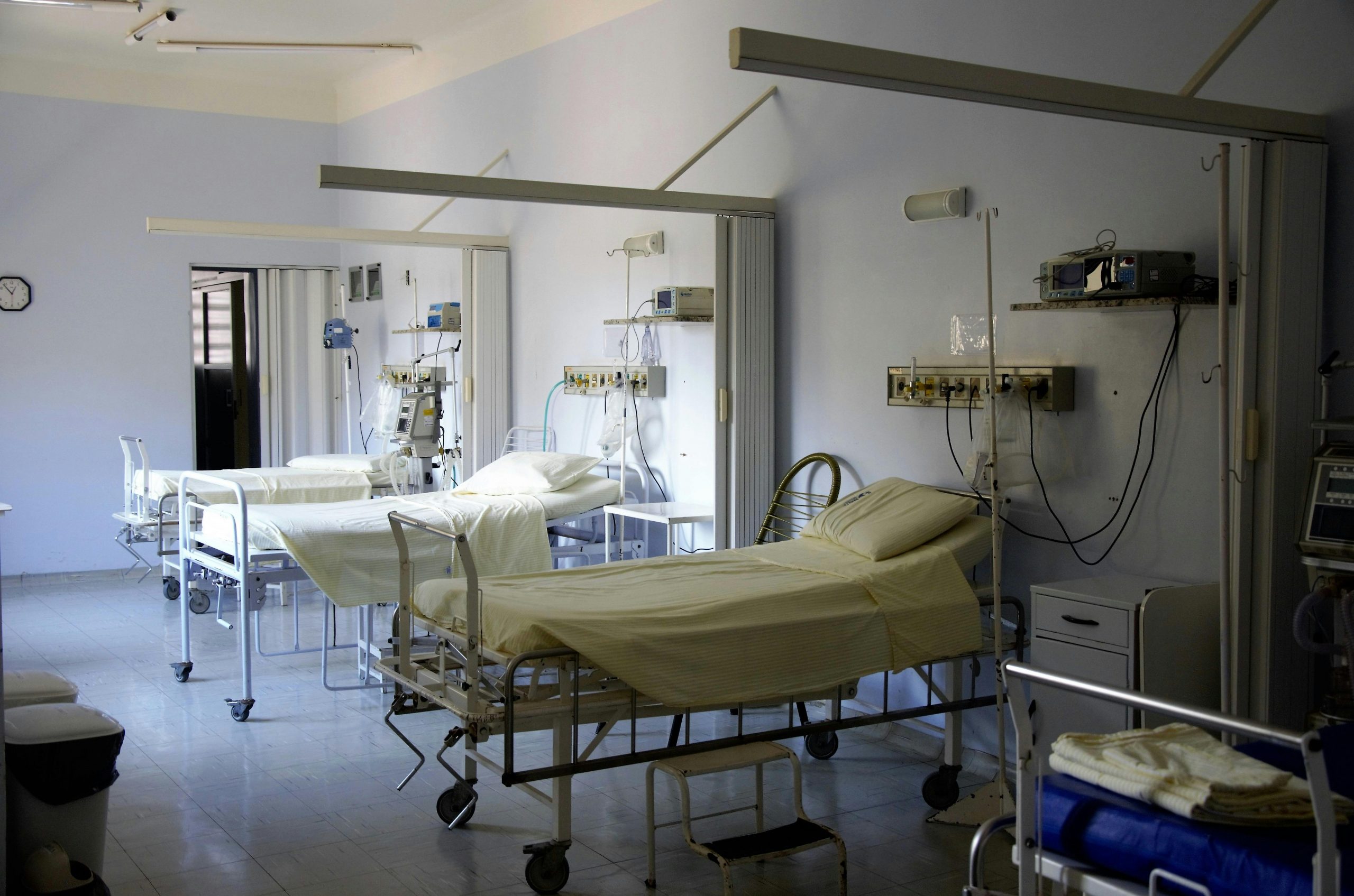
American women love wearing high heels, but new research from the University of Alabama at Birmingham suggests that the habit is taking a greater toll than ever.
“High-heeled shoes might be stylish,” lead researcher Gerald McGwin, vice chair of the UAB school of public health’s epidemiology department, said in a news release. “[But] from a health standpoint, it would be worthwhile for those interested in wearing high-heeled shoes to understand the risks and the potential harm that precarious activities in high-heeled shoes can cause.”
Some of the risks of wearing high-heeled shoes are common and relatively innocuous, such as ingrown toenails (a full 20% of patients who see their general practitioner complaining of foot problems have ingrown toenails). But others are far more serious, including irreversible damage to the tendons of the foot and ankle. That, in turn, can lead to musculoskeletal disorders later in life, according to the UAB team.
High heels can even land their wearers in the emergency room. McGwin and his team collected data from the Consumer Product Safety Commission’s National Electronic Injury Surveillance System to quantify high-heel-related injuries treated in hospital emergency departments between 2002 and 2012.
They found that there were about 123,355 injuries over that period of time, with the peak occurring in 2011 (when more than 19,000 injuries were reported).
Moreover, they unveiled a distinct upward trend, with the rate of injury nearing doubling over the 10-year period included in the data set.
Most of those injuries (80%) affected the foot and ankle, with the remainder affecting the head, neck, shoulders, trunk or knees. Fractures accounted for about 19% of all injuries, while strains and sprains made up more than half.
The researchers also made a surprising discovery: nearly half of the high-heel injuries included in the data set occurred in the home. This finding, McGwin commented, “really supports the idea of wearing the right footwear for the right occasion and setting.”



